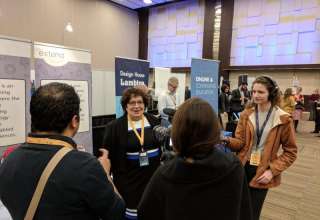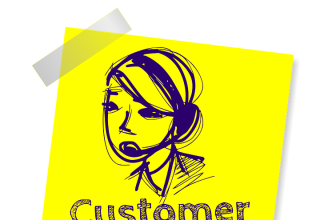
Over the last one decade, rapid changes in IT Management Software have been witnessed largely as a result of business automation, digitalization and globalization. To cope with these changes, organizations have come to appreciate the vital role played by two important factors – agility and adaptability. The solution now is to achieve more while using less.
For lots of organizations, onboarding amounts to nothing more than just filling out the employment or service forms and signing benefits contracts. The truth is that a substandard onboarding process can potentially make your new employee feel like they are joining a 2nd-rate organization.
If your onboarding process is poor, over the long-run, it will leave your employees feeling hurt leading to poor productivity and low staff morale. In the modern business environment, your new employee analysis should start at the onboarding stage and become a critical part of his or her time with the organization. This can only be realized through a well-designed employee Automated Onboarding process using appropriate IT Management Software.
Shift towards Business-IT Fusion
As more and more companies are now technology-driven, it becomes essential for business and IT to collude and work in a collaborative manner towards achieving company goals. With better integration initiatives, strong leadership, and greater transparency, businesses will have no option but to merge and work with IT.
The IT department professionals should consider the kind of value their work is bringing to the organization. This includes time and resource saving through integrating automated setup processes
More Focus on IT Monitoring Platform
If your technology systems are not monitored, you will lack early warning ability as your company grows organically, downsizes or enters into a new merger. This is what has prompted leading technology vendors to develop IT Monitoring Platforms.
However, typically these are government and enterprise-scale platforms demanding huge upfront investment as well as sustained allocation of resources. Organisations that are smaller will have to blend what the vendors are offerings with own in-house IT Monitoring Platform processes.
Remote Monitoring and Management Platforms
Today, platforms offering remote monitoring and management (RMM) have become key technology components in terms of managed service. RMM platforms have greatly matured and many vendors are releasing diverse platform versions, some going up to version 10.0 and further. The RMM vendors are making great strides towards partnering with providers of cloud services. Others are designing mobility RMM management platforms.
Conclusion
An ongoing transformation is happening in the IT Management Software field. This is the outcome of changes in business expectations, practices, and requirements. A sharper focus is now being placed on the people and technological processes such as IT Management Software, automated reporting, automated maintenance, automated setup, and RMM management platforms. Companies have to adapt to these new environments if they are to remain competitive and profitable.








